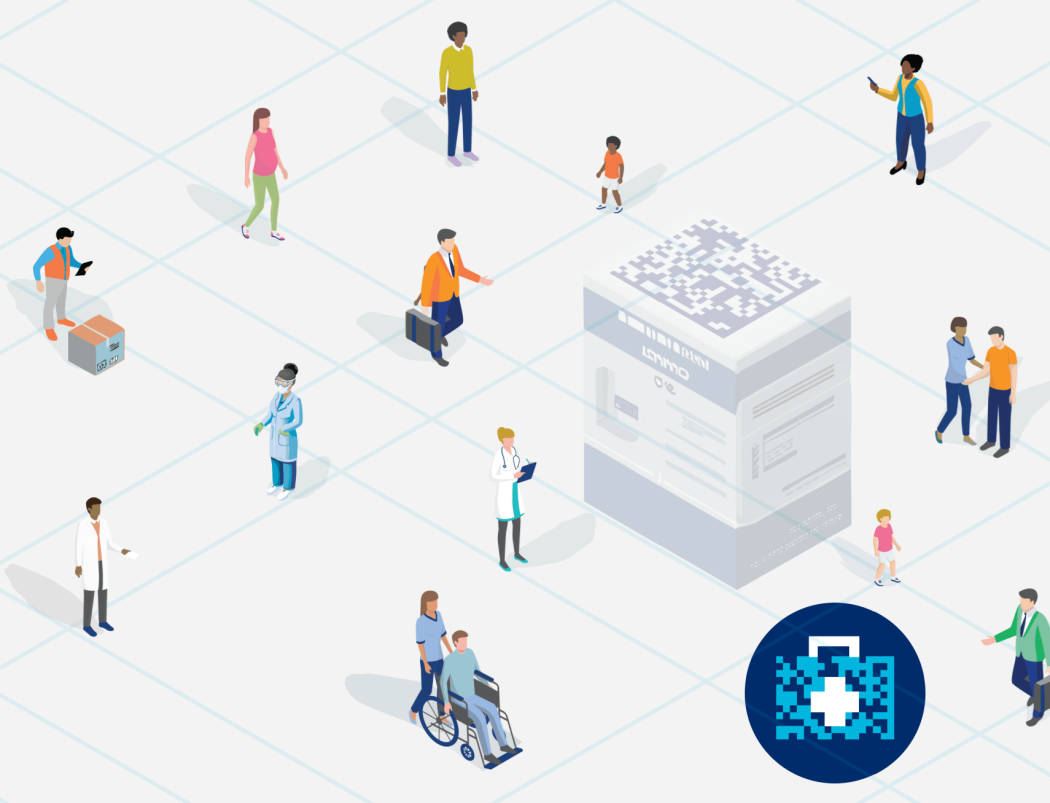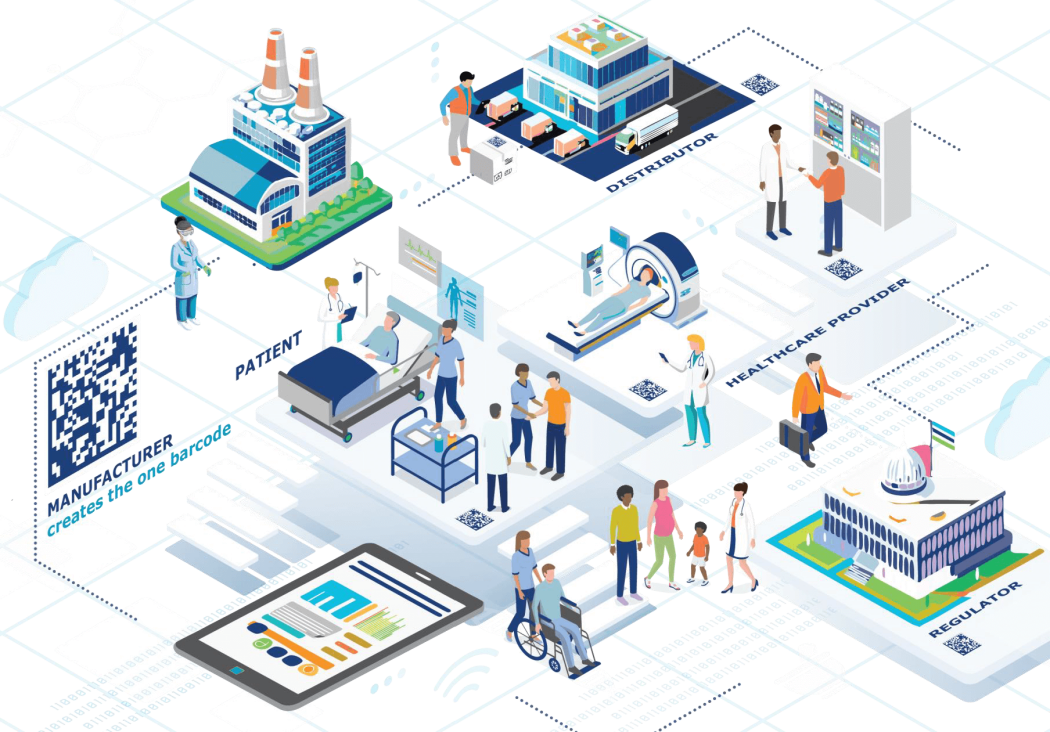One Product, One Barcode – the benefits are clear!
Barcodes on medicines and medical devices are extremely useful in any healthcare system. They promote supply chain efficiencies along with safer, more engaging and informative experiences for healthcare providers and patients. But not where a medical product has multiple barcodes on its packaging!
Multiple barcodes on healthcare products can create confusion during scanning, and mistakes in product data capture and sharing. Ultimately, multiple barcodes on a single product such as a medicine or device are a risk to the ‘five rights’ of patient care: right patient, right medicine or device, right dose, right route, at the right time.
Many products used today in the New Zealand healthcare system and in other countries have multiple barcodes – creating heightened risk of error.
Deloitte provides insights into multiple barcode challenges
The issue of multiple barcodes on healthcare products has been explored in depth by international consulting firm Deloitte, on behalf of GS1 Healthcare. Deloitte surveyed healthcare providers, clinicians, procurement experts and industry across the world and found half had experienced barcode-related challenges, either sometimes or frequently, due to multiple barcodes on a medicine or medical device package. Deloitte consulted widely to gather evidence, and identify the benefits that flow from “One Product, One Barcode” (1P1B) and the barriers to progress.
The report highlights the experiences of health services in Brazil and France, each using GS1 DataMatrix barcodes carrying unique identifiers, plus manufacturing lot numbers and expiry dates. In Brazil, one major hospital partnered with a local manufacturer to put 1P1B on the primary packaging of pharmaceuticals, and this led to measured improvements in hospital efficiency, information accuracy and patient safety.
GS1 has described the potential opportunities and benefits for years – and now, Deloitte’s major report (November 2024) clearly sets out the evidence. The report endorses a “One Product, One Barcode” (or 1B1P) approach to ensure barcodes (and data capture and sharing) can deliver benefits throughout healthcare supply chains and at the point of patient care, worldwide.
The benefits of adopting One Product, One Barcode
Deloitte says medical product manufacturers will find that 1P1B simplifies regulatory compliance and improves product traceability. At the same time, distributors will benefit from a clear chain of custody and greater assurance on the integrity of distributed products.
For healthcare providers and patients, 1P1B eliminates confusion, minimises errors, and provides easy access to vital product information.
In Deloitte’s view: “The single barcode acts as a digital gateway, linking the physical product to a wealth of data and enabling seamless information exchange between different healthcare systems. This leads to streamlined inventory management, real-time healthcare products tracking, and improved product authenticity verification.
By fostering collaboration and data exchange across the healthcare landscape, 1P1B paves the way for a future where technology empowers better care and enhanced patient safety.”
A path forward
Deloitte lays out “path forward” guidance for all health sector stakeholders to move towards 1P1B, starting with medicines and medical device manufacturers who generate and apply barcodes to their products. For New Zealand product suppliers and distributors, this may mean advocating for 1P1B to multinational parent companies who are “upstream” of New Zealand’s healthcare supply chain.
Another critical factor is for regulators to accelerate global harmonisation efforts to eliminate the need for multiple barcodes on packaging. GS1 advocates strongly for this both globally and locally. There is opportunity locally for members to make the case for 1P1B through the current development of new Medical Products legislation to replace the Medicines Act 1981.
Transitioning electronic health records, dispensing systems and enterprise resource planning systems to handle 1P1B data and facilitate timely data exchanges is also a key factor. Most global respondents were confident they could make the transition. In New Zealand, we have work to do to support healthcare providers, solution providers and industry to enable this to happen.
Deloitte urges all stakeholders to actively engage with each other on how all could move into the new world of 1P1B scanning. “The ‘network effect’ will build as supply chains increase their readiness end-to-end, progressively adopting 1P1B”.



